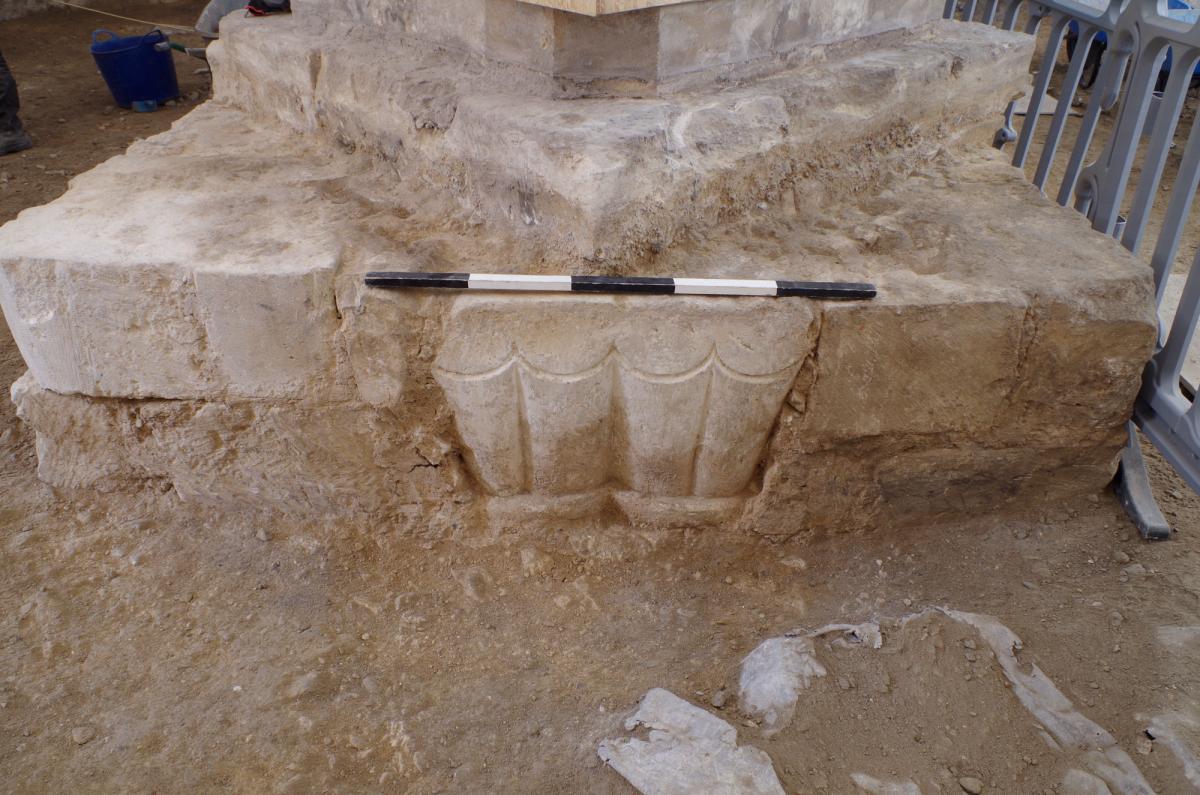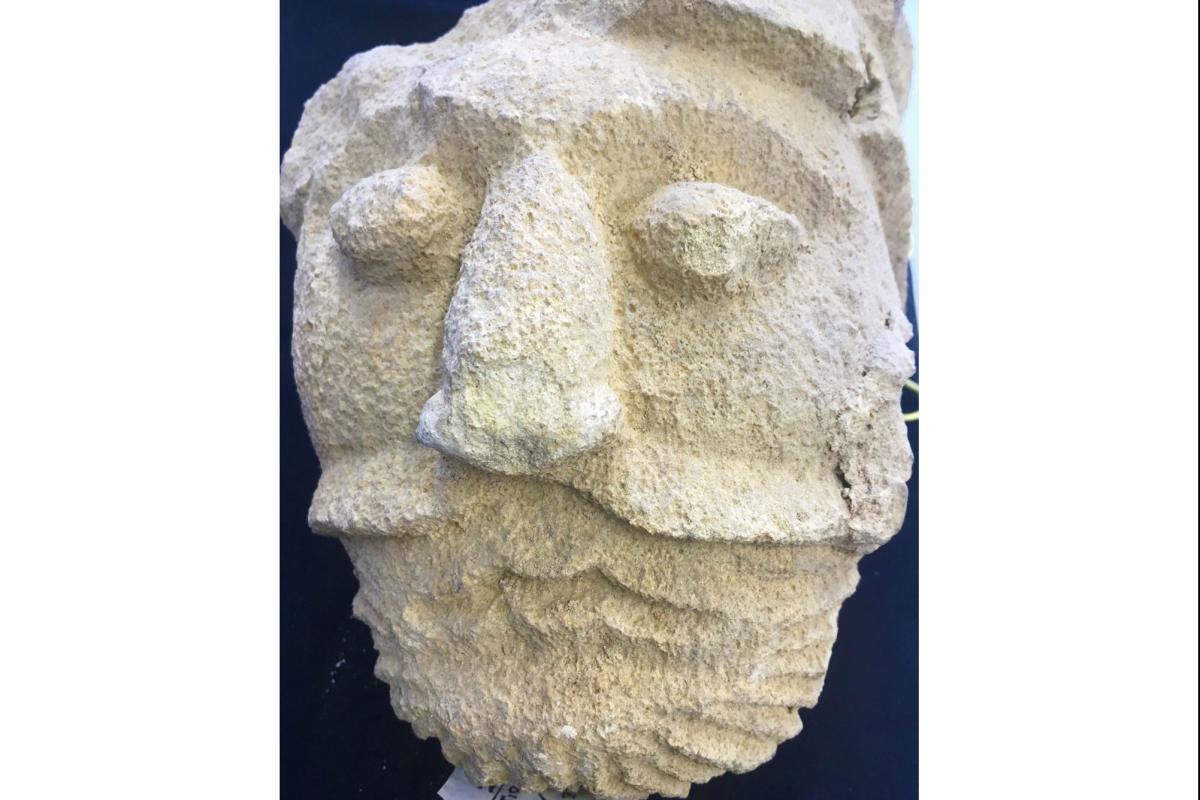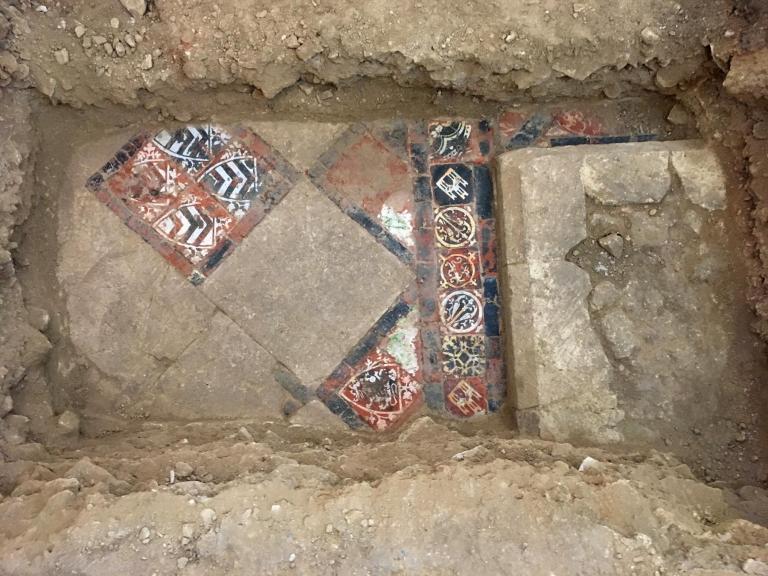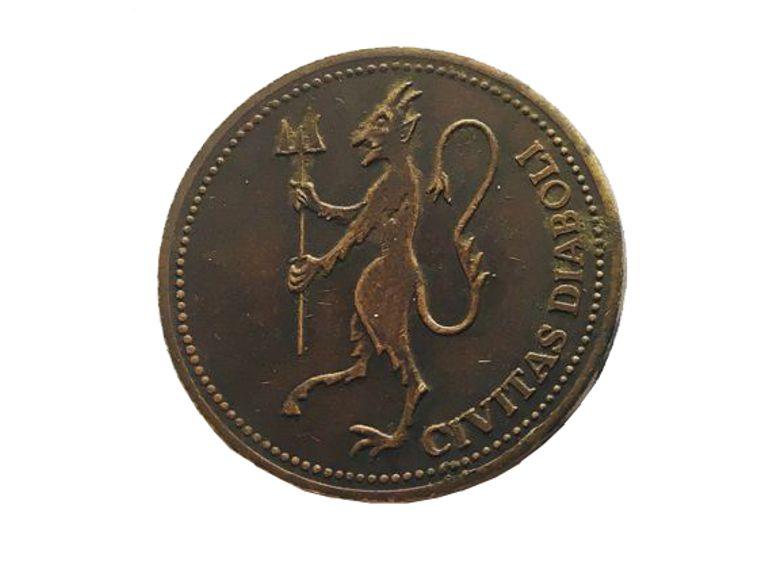The year is 1088. Following the death of King William I there are plots against his successor, William II, and events taking place in the south-west are recorded in the Peterborough Manuscript:
In this year the land was stirred up and filled with great treachery, so that the most powerful French men who were within this land wanted to betray their king, and wanted to have as king his brother Robert who was Earl of Normandy. In this plan were first Bishop Odo, Bishop Geoffrey, and William, Bishop in Durham. The king did so well by the bishop that all England acted according to his plan and just as he wanted; and he thought to do by him just like Judas Iscariot did by our Lord. And Earl Roger was in that foolish plan and very many people with them – All French men; and this foolish plan was planned in the Spring.
Then as soon as it came to the Easter, they travelled and raided and burned and laid waste the king’s home-farms, and they did for the lands of the all those men who were in the king’s service. And each of them travelled to his castle and manned and provisioned as best they could. Bishop Geoffrey and Robert of Mowbray travelled to Bristol, and raided, and brought the plunder to the castle; and afterwards they went out from the castle and raided Bath and all the land thereabout, and they laid waste all Berkley.
John of Tours, a loyalist, was appointed Bishop of Wells in 1088 and two years later reputedly bought the war-ravaged town of Bath, along with its Abbey, from King William II for 500 marks of silver. He moved the Bishopric and its See to Bath from Wells and ordered an extensive remodelling and rebuilding programme which included the building of a new Bishop’s Palace as well as a vast new cathedral to replace the Anglo-Saxon Minster. John’s plans were so ambitious that only the ambulatory had finished being constructed when he died in 1122.
Work continued under John’s successor Bishop Godfrey, until a fire in 1137 devastated much of the half-built structure. In 1138 Bishop Robert succeeded Godfrey. Having first to organise the defence of Bath for King Stephen in the civil war known as The Anarchy, Robert went on to oversee the completion of the cathedral, which was likely consecrated sometime in the early 1160s. The cathedral is thought to have measured over 100 m in length and during its day was only surpassed in size by the cathedrals at Ely, Norwich and Winchester.
Excavations have revealed that much of the foundation material for the 16th-century Bath Abbey is reclaimed Norman masonry, perhaps seen most strikingly in a reused pillar capital which has been built into the base of a pier for a later column. Also, in some cases, walls rest directly on top of the cathedral’s structural remains.


However, the star find for the Norman phase of the building has to be an unusual head which has been carved out of Bath stone. It is most likely to have originally been part of the base of an arch or a corbel. Bob Davis, one of our Senior Buildings Archaeologists here at Wessex Archaeology, gave us his thoughts on it:
‘The carved head found at Bath Abbey has strong features and is depicted with a full beard, large nose, protruding eyes and prominent eyebrow ridge. It lacks the refinement of other such carvings, the eyes for instance, are simple bulges, while the nose may appear broken. It was probably originally to be found at the base of an arch or corbel. Although many such medieval head carvings depict saints and clergy, some may actually depict the masons who worked on the cathedrals and abbeys. This character lacks the detail of a saint and his strong features suggest that he may be a manual worker.’
So, given the head’s lack of saintly refinement it is possible that this is a portrait, maybe even a self-portrait, of one of the men who built the cathedral during this turbulent period of history.



